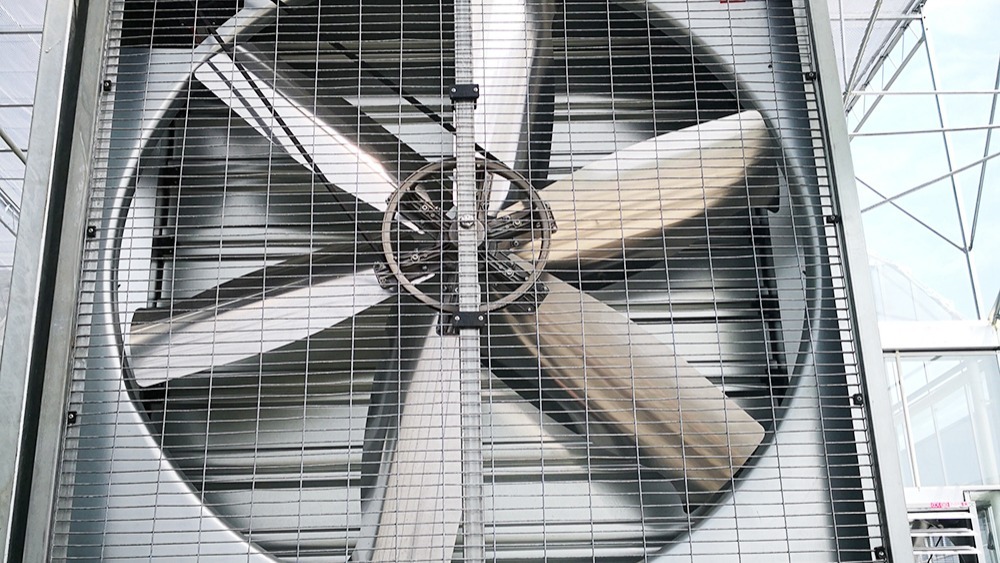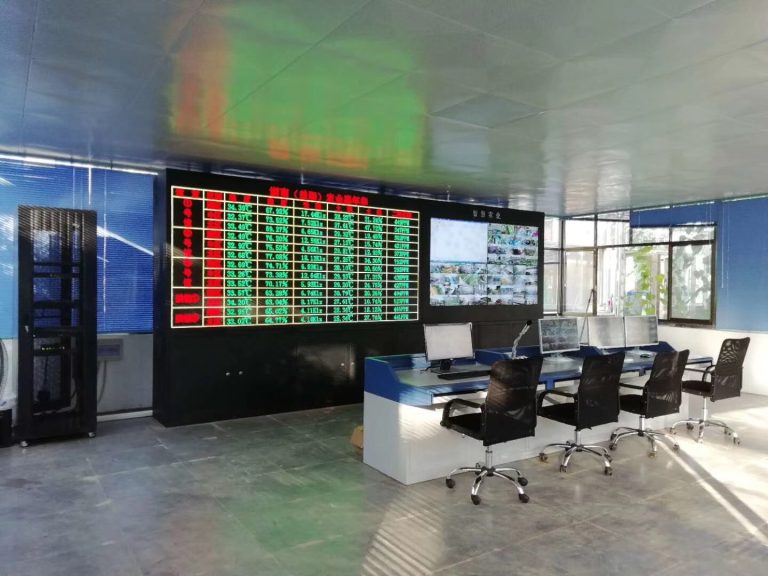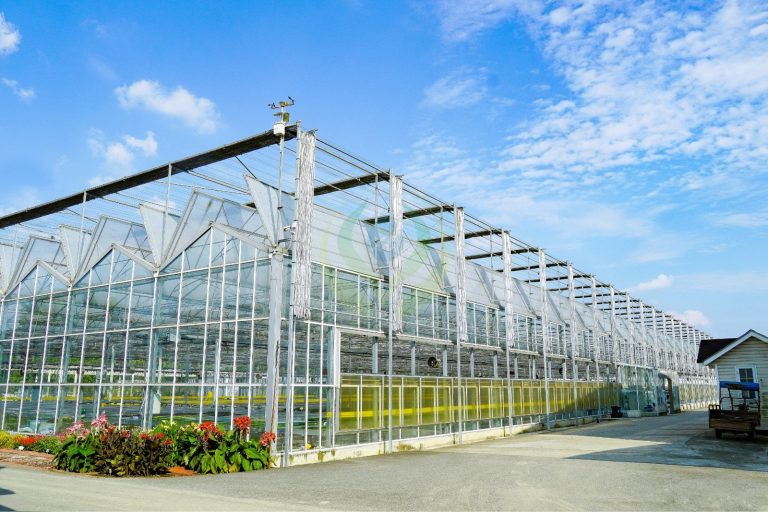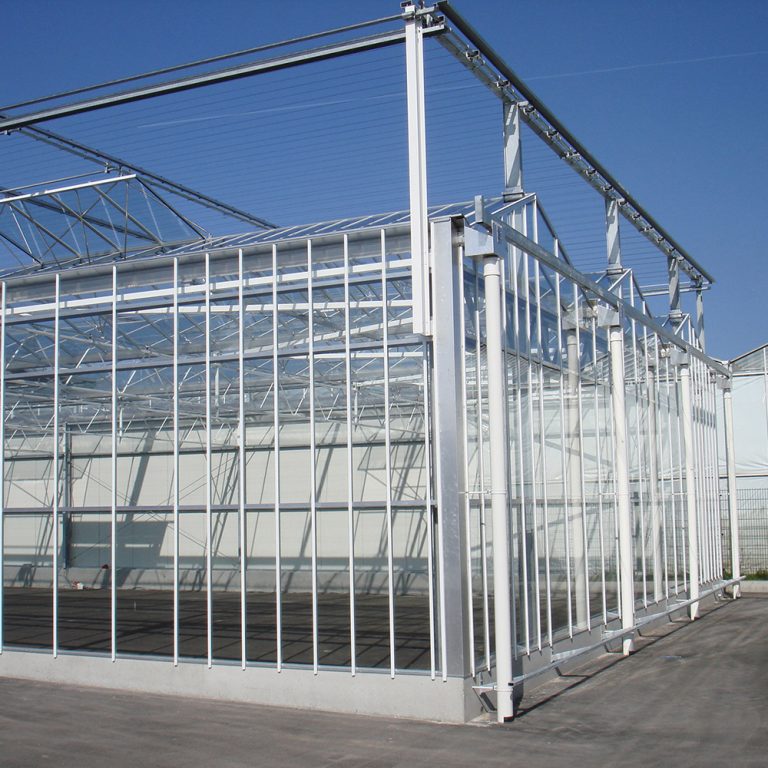
Ventilating a greenhouse is crucial for maintaining optimal temperature, humidity, and air circulation to promote healthy plant growth. Here are the key methods and considerations for effective greenhouse ventilation:1. Natural Ventilation
- Roof Vents: Install vents at the highest point of the greenhouse (ridge vents) to allow hot air to escape, as warm air rises. These can be manually operated or automated with temperature-sensitive openers.
- Side Vents or Louvers: Place vents or louvers along the sides to allow cooler air to enter, creating a cross-flow with roof vents. Adjustable louvers provide control over airflow.
- Doors and Windows: Open doors or windows to enhance air exchange, especially during warmer months. Ensure screens are in place to keep pests out.
- Roll-up Sides: For larger greenhouses, roll-up sidewalls allow significant airflow while maintaining structural integrity.
How it works: Natural ventilation relies on the stack effect (hot air rises and exits through roof vents, pulling cooler air in through side vents) and wind pressure to move air. Position vents to take advantage of prevailing winds for maximum efficiency.2. Mechanical Ventilation
- Exhaust Fans: Install exhaust fans on one end of the greenhouse to pull stale air out, paired with intake vents or louvers on the opposite end to draw fresh air in. Fans should be sized based on greenhouse volume (aim for 1-2 air changes per minute).
- Circulation Fans: Use horizontal airflow (HAF) fans to circulate air within the greenhouse, preventing hot or cold spots and reducing humidity buildup around plants.
- Thermostat Control: Connect fans to thermostats or controllers to automate operation based on temperature or humidity levels.
How it works: Mechanical systems provide consistent airflow, especially in larger greenhouses or when natural ventilation is insufficient (e.g., during calm or extremely hot days).3. Combination Systems
- Combine natural and mechanical ventilation for flexibility. For example, use natural vents on mild days and activate fans during extreme heat or high humidity.
- Automated systems with sensors can open/close vents and turn fans on/off based on real-time conditions, improving efficiency.
Key Considerations
- Temperature Control: Aim to maintain optimal temperatures for your plants (typically 65-85°F / 18-29°C, depending on the crop). Ventilation prevents overheating in summer and excessive humidity in winter.
- Humidity Management: Ventilation reduces excess moisture, preventing mold, mildew, and fungal diseases. Target 50-70% relative humidity for most plants.
- Pest and Pollen Control: Use insect screens on vents to prevent pests while allowing airflow. Be mindful of pollen influx if growing specific crops.
- Seasonal Adjustments: In summer, maximize ventilation to cool the greenhouse. In winter, reduce ventilation to retain heat but ensure enough airflow to prevent condensation.
- Greenhouse Size and Design: Larger greenhouses may require more powerful fans or additional vents. Ensure vents cover 15-20% of the floor area for adequate natural ventilation.
- Energy Efficiency: Use solar-powered fans or energy-efficient motors to reduce costs. Automated systems can optimize ventilation while minimizing energy use.
Practical Tips
- Monitor Conditions: Use thermometers, hygrometers, or weather stations to track temperature and humidity inside the greenhouse.
- Regular Maintenance: Clean vents, fans, and screens to ensure unobstructed airflow. Check automated systems for proper function.
- Plant Placement: Arrange plants to allow air circulation, avoiding overcrowding near vents or fans.
- Timing: Ventilate early in the morning to remove humid air before temperatures rise. Avoid sudden temperature drops by closing vents gradually in the evening.
Example Setup for a Small Greenhouse
- Install a roof vent (manual or automatic) and two side louvers for natural airflow.
- Add a small exhaust fan (e.g., 500-1000 CFM for a 10×12 ft greenhouse) on one end, with an intake vent on the opposite side.
- Use a circulation fan to move air around plants.
- Monitor with a basic digital thermometer/hygrometer and adjust vents/fans as needed.
For specific crops or climates, adjust ventilation based on plant needs and local weather patterns. If you have details about your greenhouse size, location, or crops, I can tailor recommendations further!




